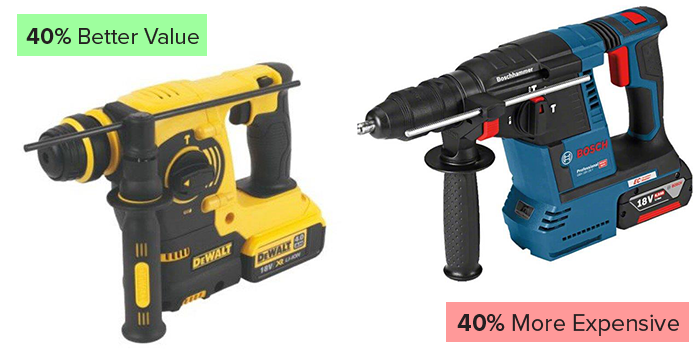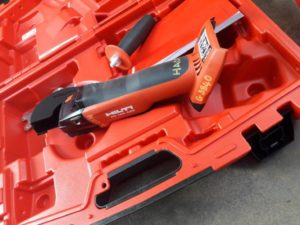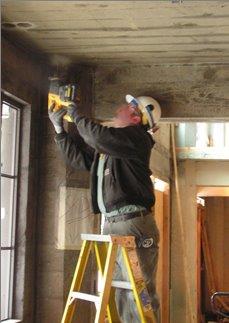Choices are something we all make every day. What we are going to wear, the PPE we’re going to use, the tools we need and how we are going to use those tools, are all examples of our everyday choices. Some of these choices effect our health and safety, like the PPE we choose and some effect how we carry out our work. In Jones Engineering we have always supplied whatever resources are needed to complete a project or process. With 7,560 pieces of plant registered on our database this is no shortage of equipment.
Choosing the right tool for project can sometimes be easy. For example, when driving a nail the obvious choice would be a hammer, or when cutting timber, a saw would be the best tool in the box. How do we choose the tools we need? Do we just go for the one with all the bells and whistles or do we look at what’s available in the market and pick the best option for the specific project. An analogy of this is: a few years back lots of people spent serious money buying 3D TV’s to discover only a handful or programmes were made in 3D. This rendered the 3D feature useless most of the time.

Buying tools is sometimes like buying clothes or shoes. We are all guilty of looking for the top brand names just because we are driven to believe they are the best. If we need a drill it has to be top-of-the-range when another brand will do the job just as well. There are many examples of similar pieces of plant on our database that do the exact same thing and if treated with respect will last as long as each other, yet there can be a huge difference in price.
E.G:
Dewalt DCH253 18V Drill 40% better €
Bosch GBH 18V-26F Drill 40% poorer €
Almost identical drills with 40% in the price difference.

Using genericised trademarks to describe something is a habit many people fall into without realising it. Here are some examples of these:
How we use our equipment is as important as having it in the first place. All tools and equipment are designed to do a specific job. You’d be a long time trying to drive this screw in with the screwdriver shown and you wouldn’t use a small screw gun (below) to drive a big masonry bit.

As they say, there is a tool for every job but they must be used for the purpose they were designed and how they were designed to be used. When we buy new tools they usually come in purpose made carry cases with all the accessories included in little compartments. Often we only take out the parts we think we need, frequently leaving handles for grinders and drills behind. These are removeable to facilitate left and right hand users and so the carry case can be closed.

These tools are supplied with handles to keep control of the tool. They are not meant to be used with one hand. The majority of accidents with drills and grinders are because the user didn’t have the handle fitted and therefore had no control of the tool when it got stuck or jerked. Workers have been thrown from ladders when a drill bit got stuck after hitting steel whilst drilling into concrete ceilings.

Angle grinders are some of the most dangerous tools in any workspace and used incorrectly, can and do result in horrific injuries and even death. The two biggest risks are from kickbacks and flying material.
Kickback
Kickback happens when the angle grinder suddenly thrusts back towards the user as a result of it grabbing or jamming on the materials being worked on. They are common and kickback injuries have included severe cuts and injuries to hands, arms, legs and the groin region, as well as facial injuries.
Flying Material
Flying material can include the particles of metal or other material being ground, or pieces of the cutting wheel or grinding discs have broken off and being flung at high speeds. These commonly cause eye injuries and lacerations to the user but many injuries have also been to people working around the person doing the grinding.
How to Protect Yourself
Both of these risks can be significantly reduced by ensuring guards and handles are properly fitted and used, the correct disc for the job is fitted and appropriate PPE and suitable clothing is worn at all times when using grinders. Better still, for many cutting jobs, you should use a safer tool option rather than use a grinder as a cutting tool.
Lastly, don’t let what others do dictate how you work. You have a responsibility to yourself and those around you to work in a safe manner. If you are unsure about whether something is safe, or you feel unsafe following a work instruction you have been given, you must stop your work immediately, let your supervisor or safety advisor know your concerns.
Being the best tradesperson in the company is not much use if you cant do the work.